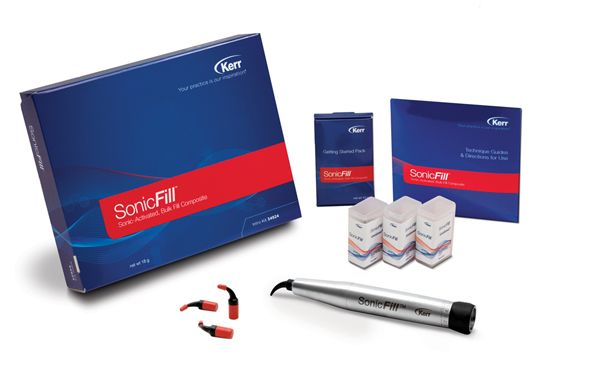Composite Roundup: The basics of bulk fill
DPR’s March composite round-up focuses on ground-breaking bulk fills.
DPR’s March composite round-up focuses on ground-breaking bulk fills.
Direct restorations are one of the most commonly used materials for most restorative practices today. For years, dental amalgams were the standard of care for posterior fillings but over recent years, composite resins are taking over as the first choice with patients and dentists. Routine Class I and II restorations can also create some challenges for those dentists who are not used to the specific placement and handling requirements.
The early years of composite resins created challenges because of material composition, bonding, curing, finishing and polishing techniques. After years of development we can now achieve predictable success with our placement and bonding protocols.
The downside of composite resins is the technique sensitivity that many dentists find more painstaking than placing a traditional amalgam. If our patients didn’t insist on non-metal, esthetic alternatives, we may still be doing amalgams at the same rate we did 10- 15 years ago. There have been many advances to composite resins in terms of strength, shrinkage, polishability, durability and esthetics. However, for most, a methodical layering technique is required for success.
In a fast-paced restorative practice it would not be uncommon to find multiple patients each day who require several posterior restorations to be done in one appointment. The ability to place these restorations in a simple, predictable and timely fashion would be beneficial to not only the practice, but also those patients who really don’t wish to sit in a chair longer than they have to.
[5 Things You Need To Know About Bulk Fill]
For that reason, the development of bulk fill composites has begun to “change the game” for direct restorative dentistry.
Dentists want predictability, ease of handling, and confidence in durability and esthetics. In addition, they want some convenience and simplicity to allow for the time-savings experienced when patients were willing to accept a metal filling. Bulk fill composite resins were developed to reduce the number of increments required to complete a restoration.
Recent literature is quite clear that this trend is growing as manufacturers continue to develop an array of choices for the market. The key features are related to the improved polymerization shrinkage and the greater depth of cure. Both of these features allow dentists to have the confidence to place fewer and larger increments with predictability.
The fact is, all composite resins exhibit some polymerization shrinkage and for that reason, multiple thin increments are recommended to avoid the detrimental effects of shrinkage. Furthermore, placing heavier and more compactable composites can provide the feel of placing an amalgam, but can lead to challenges in terms of creating voids and bubbles in the restorations. Bulk fill resins help counter those challenges by their improved chemical and physical properties. There are also hybrid/nano and flowable.
So, what are the key properties that bulk fill composites should possess?
First, they should have reduced polymerization shrinkage to minimize the chance of failure due to microleakage. Second, they should have a reasonable depth of cure for the ability to be placed in larger increments for convenience. Third, they should be flowable enough to reach all the areas of the preparation without creating voids. The ability to adapt to the preparation is paramount. Fourth, they should have excellent physical properties to allow confidence in terms of wear and function.
Finally, it would be great to have esthetics that allow the material to blend into the adjacent tooth without having to layer multiple shades.
What have manufacturers done to make this a reality? See the Spec Check to the right ...
Check out these ...
PRODUCT FEATURES
REVIEW: Why SureFil SDR flow is a game-changing product
REVIEW: A full-circle look at Tetric EvoCeram Bulk Fill from the doctor to the market
REVIEW: Venus Bulk Fill provides the ideal restoration components
How x-tra base takes the guess work out of placing bulk filled materials
REVIEW: How 3M Filtek Bulk Fill meets my patients' esthetic needs
